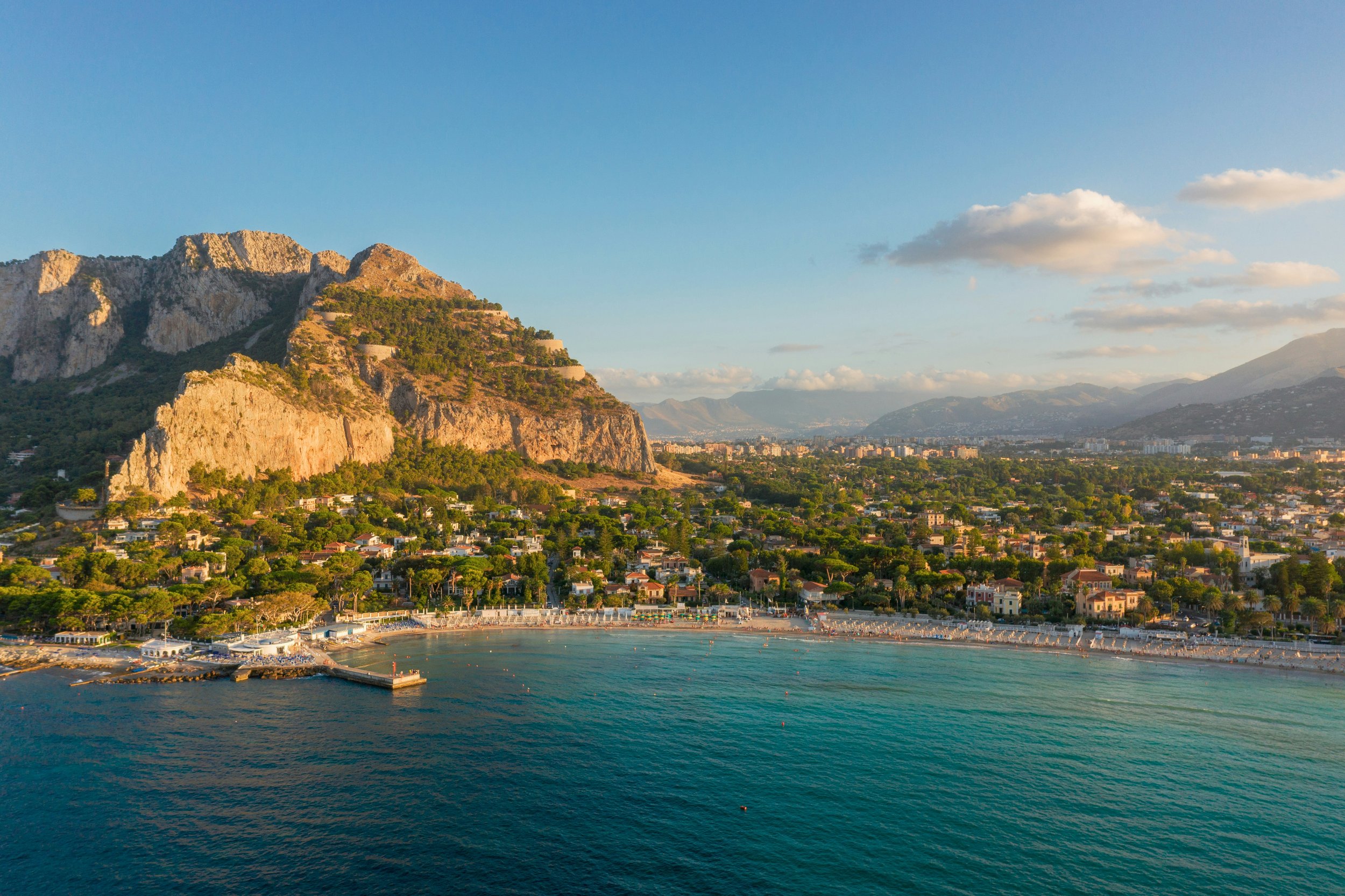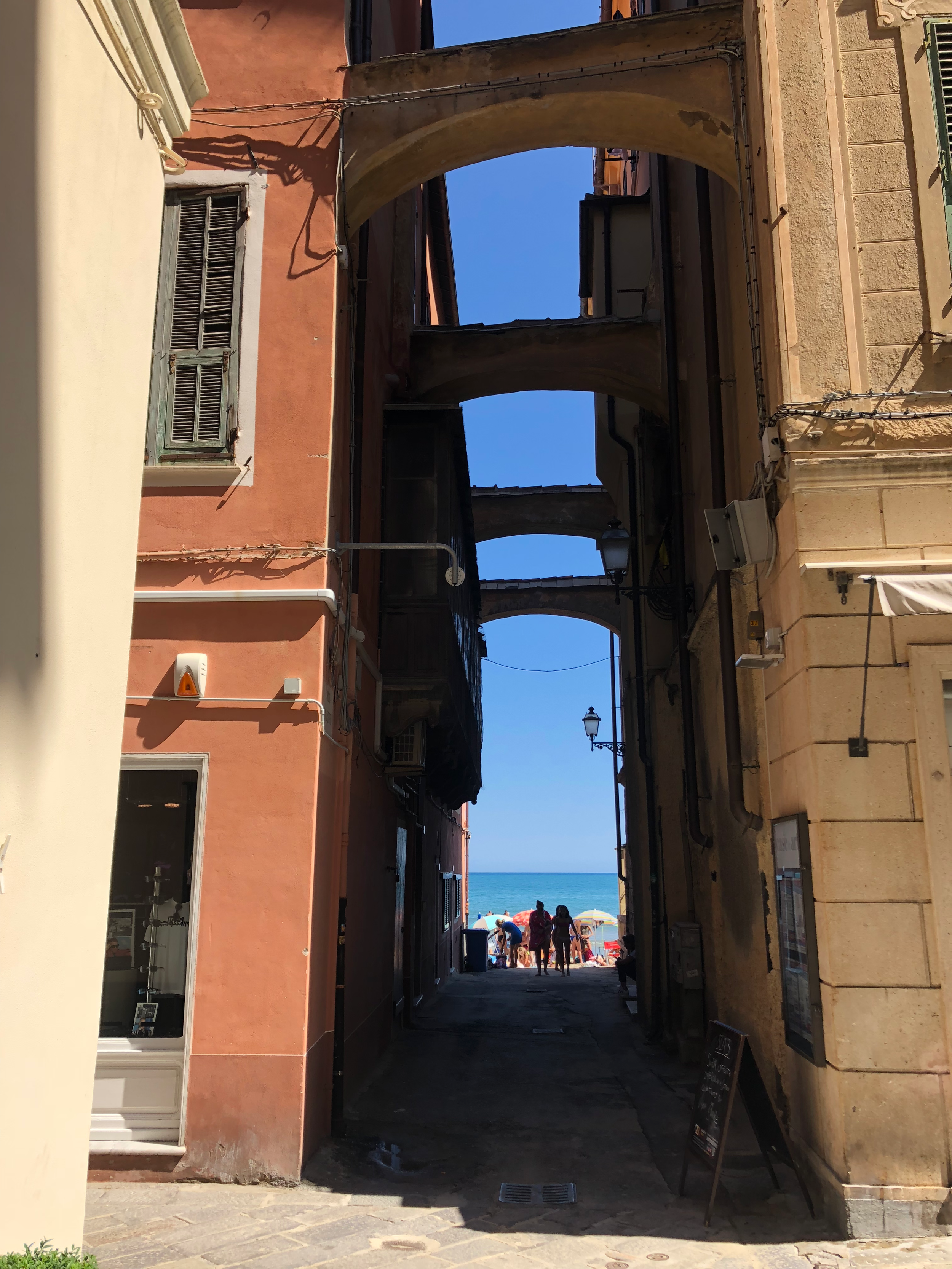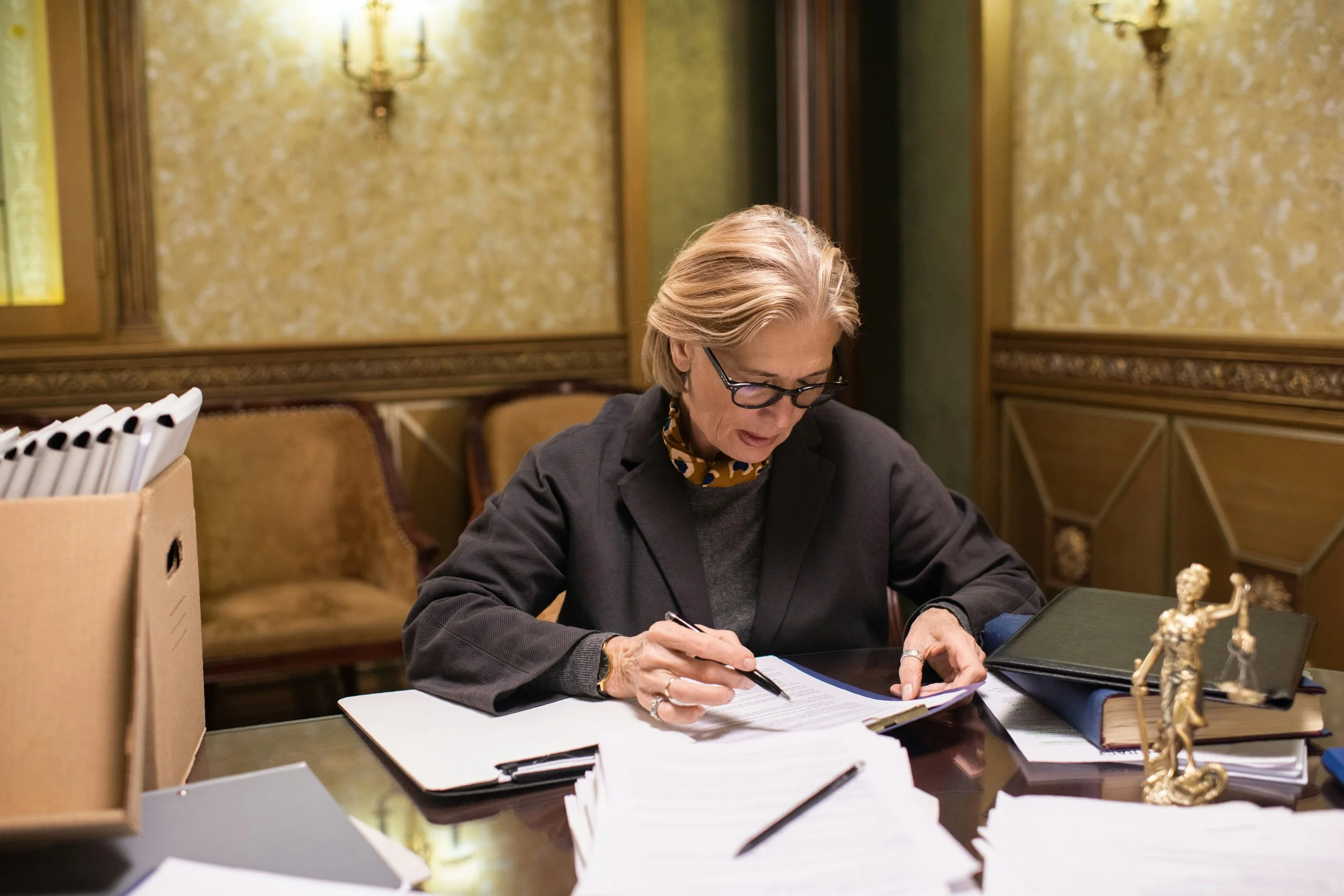
Buying Property in Italy
Photo by Henrique Ferreira on UnsplashA Place to Start
You've probably done quite some research by now. You've scrolled through endless property listings. Maybe you've even taken some Italian lessons. But something's holding you back – that nagging feeling that buying property in Italy might be too complex or simply out of reach. Let’s demistify some of this and set your plans in motion.
Photo by Who’s Denilo ? on UnsplashThe purchase process in three basic steps
1
Photo by Andrea SciscoInitial offer
To go from window shopper to serious buyer, you'll start by making an initial offer for your dream property. In Italy this step is known as a proposta d'acquisto. In essence this is a written contract, submitted through the estate agent, that formalizes your interest in buying the property at a specific price.
Along with your offer, you'll typically pay a small deposit - around 5% of your offering price.
The agent then submits your offer to the seller for consideration. Note that the agency can receive multiple offers for the property at the same time and they are free to keep it on the market so long as the seller has not accepted one of the offers.
2
Preliminary Contract
Once the seller accepts your initial offer you’ll both sign an preliminary contract known as the compromesso or preliminare.
It is called «preliminare» precisely because it is a preliminary contract in preparation of the final deed. The contract specifies any conditions that must be met before the final sale can go through and it established the time frame within which the final deed will be signed.
At this stage you’ll pay a larger deposit of 10-20% of the purchase price, which is held in escrow until closing. The compromesso is legally binding for both parties. If you withdraw, you'll lose the deposit; if the seller backs out, they must pay you double.
3
Photo by Mykhailo Volkov on UnsplashFinal deed
The signing of the final deed, known as atto notarile or rogito, takes place at a notary's office, where both buyer and seller must be present.
A notary in Italy is a public official who acts as a neutral third party. They are responsible for verifying the legality of the sale and registering the transaction with the public Land Registry.
The ownership of the property is formally transferred when the buyer provides the remaining balance and both parties sign the final deed in front of the notary. The entire ceremony, with the notary solemnly reading aloud every word of the deed, is a masterpiece of Italian bureaucratic theater!
Some Key Terminology
The Purchase Process
-
Your skin in the game. This payment (typically 10-30% of the purchase price) accompanies the compromesso and demonstrates your serious commitment. Unlike deposits in some countries, this one has teeth - walk away without justification and you'll likely lose it, but if the seller backs out, they typically owe you double.
-
Where things get real. This comprehensive agreement outlines the property details, price, payment terms, and closing timeline - binding both parties to complete the sale. While not the final step, it carries significant legal weight and breaking it without cause can be costly.
-
The Italian secret hiding in plain sight. When you see these magic words, the seller is signaling a dance can begin - sometimes with substantial room to move. Don't take the first asking price at face value; most Italian sellers build negotiation space into their expectations.
-
The moment that transforms you from browser to potential buyer. This legally binding document locks in your offer price and basic terms, giving the seller a set timeframe to respond. Think of it as your stake in the ground - not the finish line, but the start of your journey to ownership.
-
The big day. Sitting across from the notary, you'll sign the documents that transform a property from theirs to yours. Unlike closings in some countries, this formal ceremony requires your physical presence (or a representative with power of attorney) and concludes with the balance payment.
Key Professionals
-
Not just a paper-stamper, but the central legal authority in your transaction. Unlike notaries in some countries, the Italian notaio is a specialized legal professional who verifies the legality of your purchase, ensures all documents are in order, and represents the state's interests in the transaction.
-
Your essential technical ally, typically hired by you (the buyer) before finalizing the purchase. The geometra conducts the property inspection, verifies measurements against official records, identifies unauthorized modifications, and assesses potential renovation challenges. Unlike architects, they bring practical, on-the-ground knowledge of local building codes and permitting processes. Their report can be your negotiating leverage or your exit strategy if they discover serious issues. Once you own the property, they often remain your go-to professional for renovation projects, navigating the byzantine permit system with insider efficiency.
-
Your first introduction to Italy's property ecosystem. Unlike the system you might know, in Italy both the buyer and seller pay their share of the agency commission (typically 2-4%). Also, the same property might appear with multiple agencies at once - sometimes at different prices. Shop around, build relationships, and remember: the best properties often come through personal connections, not search engines.
Essential Documents
-
The official permission to call it home. This document confirms the property meets minimum health and safety standards for residential use. Without it, you might face challenges getting utilities connected or insurance coverage - and technically, you shouldn't be living there.
-
The efficiency report card. Required by law for all property transactions, this document rates energy efficiency from A4+ (excellent) to G (poor). More than just environmental information, it impacts running costs and informs potential renovation needs.
-
This document certifies that the property's systems (electrical, plumbing, gas) meet safety standards. Missing certificates don't just indicate potential safety issues - they can block future renovations or create headaches when insuring your property.
-
Your first glimpse behind the curtain. This document reveals the official property details - ownership history, boundaries, and classification - as recorded in Italy's land registry. Think of it as the property's ID card - and your first check that what's being sold matches what's officially registered.
Special Ownership Arrangements
-
The split that surprises many buyers. When you encounter a property with usufrutto, someone (often an elderly relative) retains the lifetime right to use the property while someone else holds ownership. You might purchase the bare ownership now at a discount, gaining full rights only when the usufruct expires - a long-term investment strategy that requires careful consideration.
-
The ownership without immediate possession. Purchasing nuda proprietà means you own the property on paper but cannot live in or rent it until the usufruct expires. Popular with investors seeking discounted properties (typically 30-60% below market value), this arrangement requires patience and comfortable legal understanding of inheritance implications.
Renovation Process
-
Your renovation partner - choose wisely. Unlike general contractors in some countries, Italian imprese edili often specialize in specific types of work or buildings. The relationship you build matters as much as the contract you sign; the best companies have networks of trusted craftspeople but expect a more fluid timeline than you might be accustomed to.
-
The government's periodic forgiveness for unauthorized construction. These amnesty programs allow owners to legalize previously unauthorized work by paying fines and filing proper documentation. When buying, check if the property benefited from past condoni - and if any unauthorized work wasn't included.
-
Your path to peace of mind if you discover unauthorized modifications. This process allows you to retroactively obtain permits for work done without proper authorization, bringing the property into compliance. More straightforward than waiting for a condono edilizio, but still requiring technical documentation and municipal approval.



